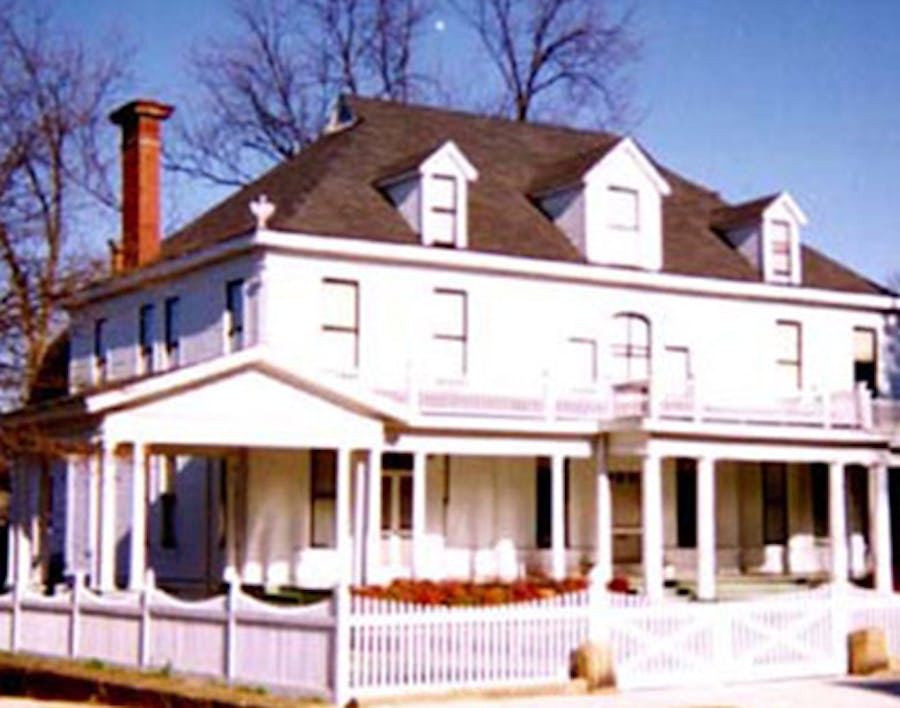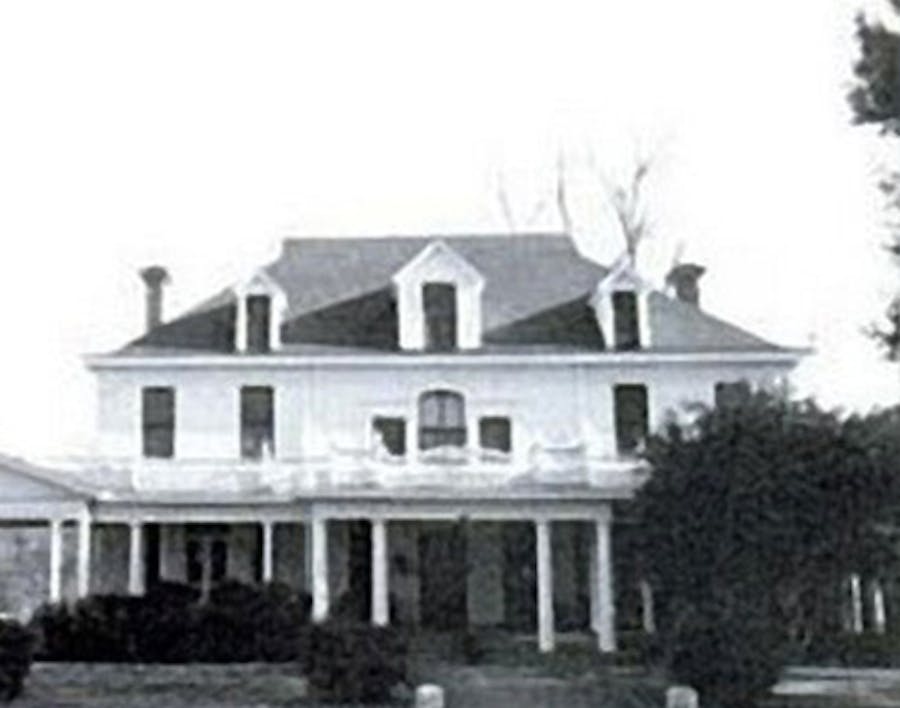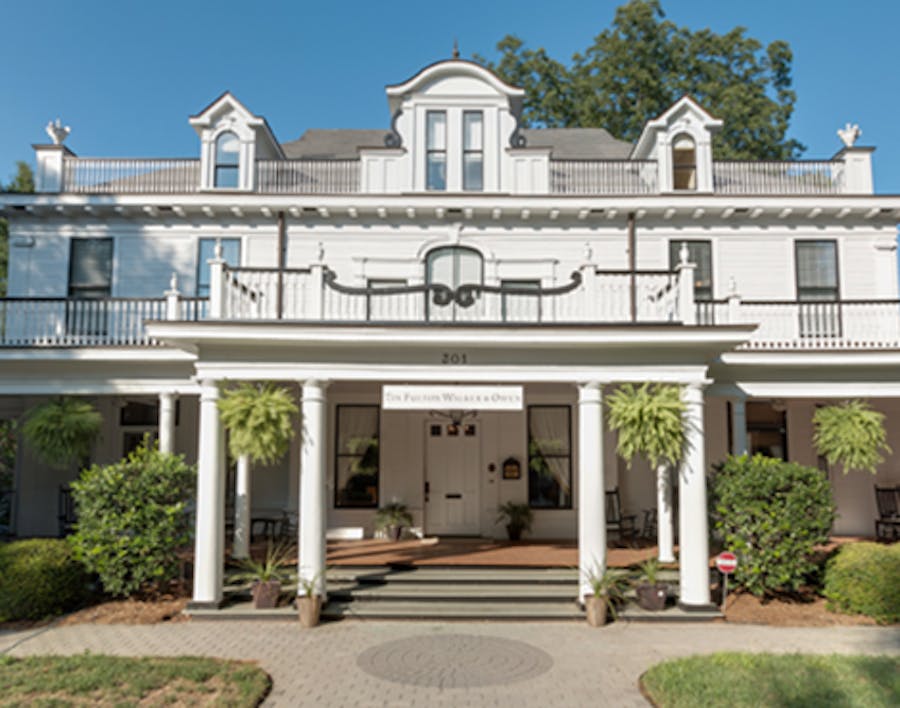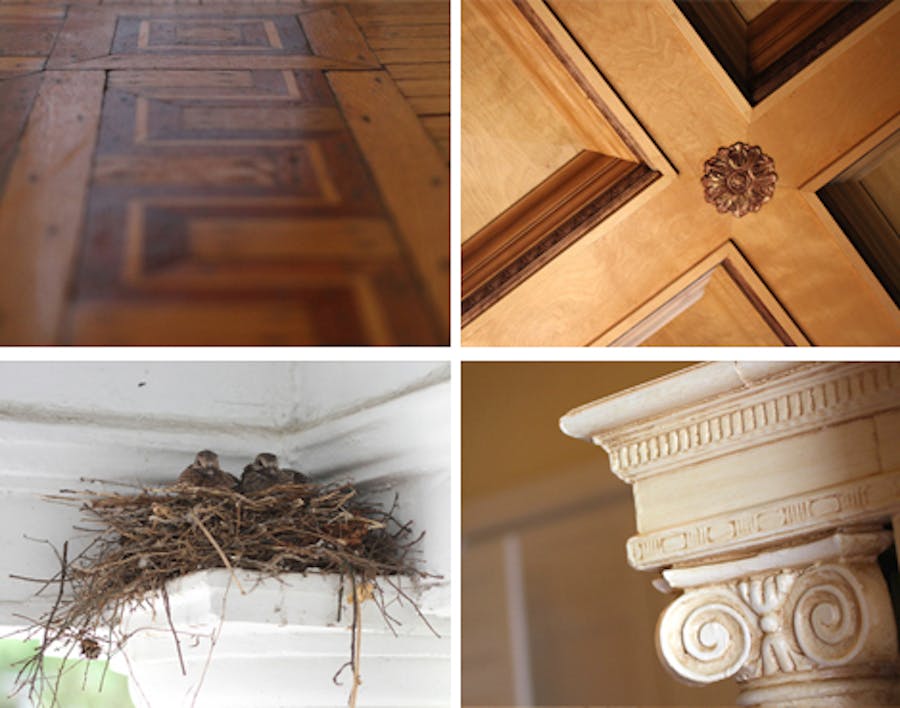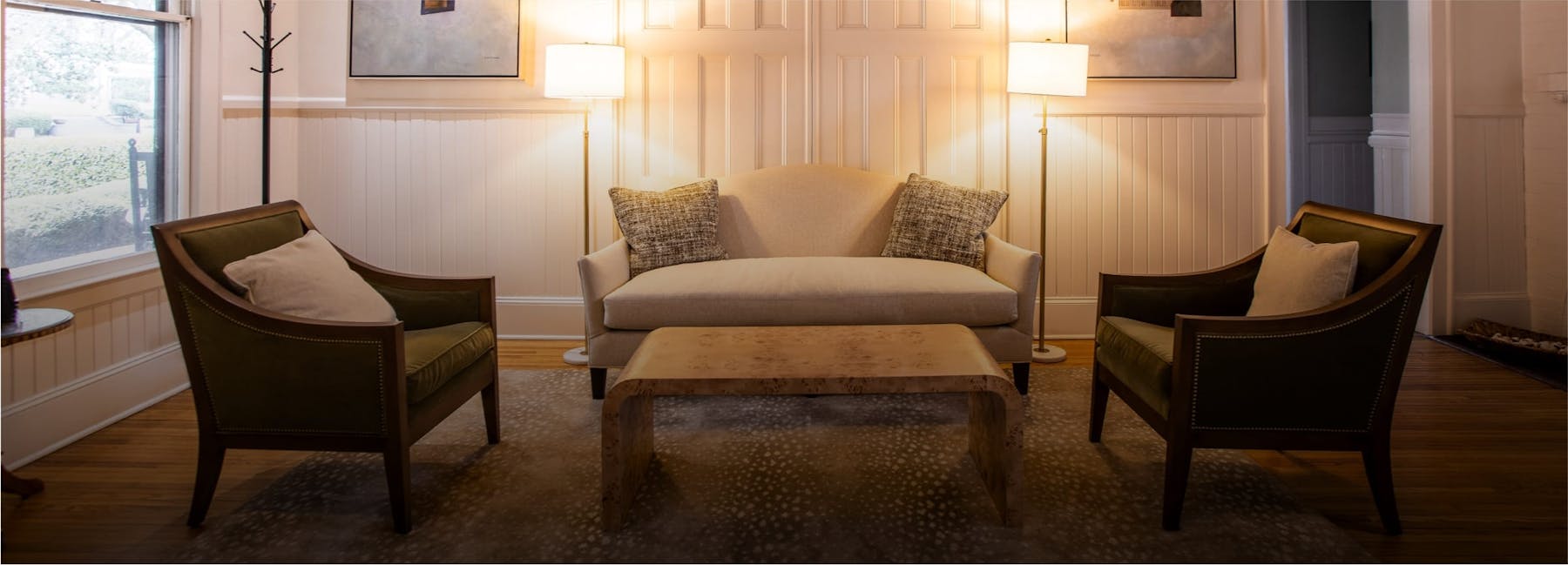The Villalonga-Alexander House
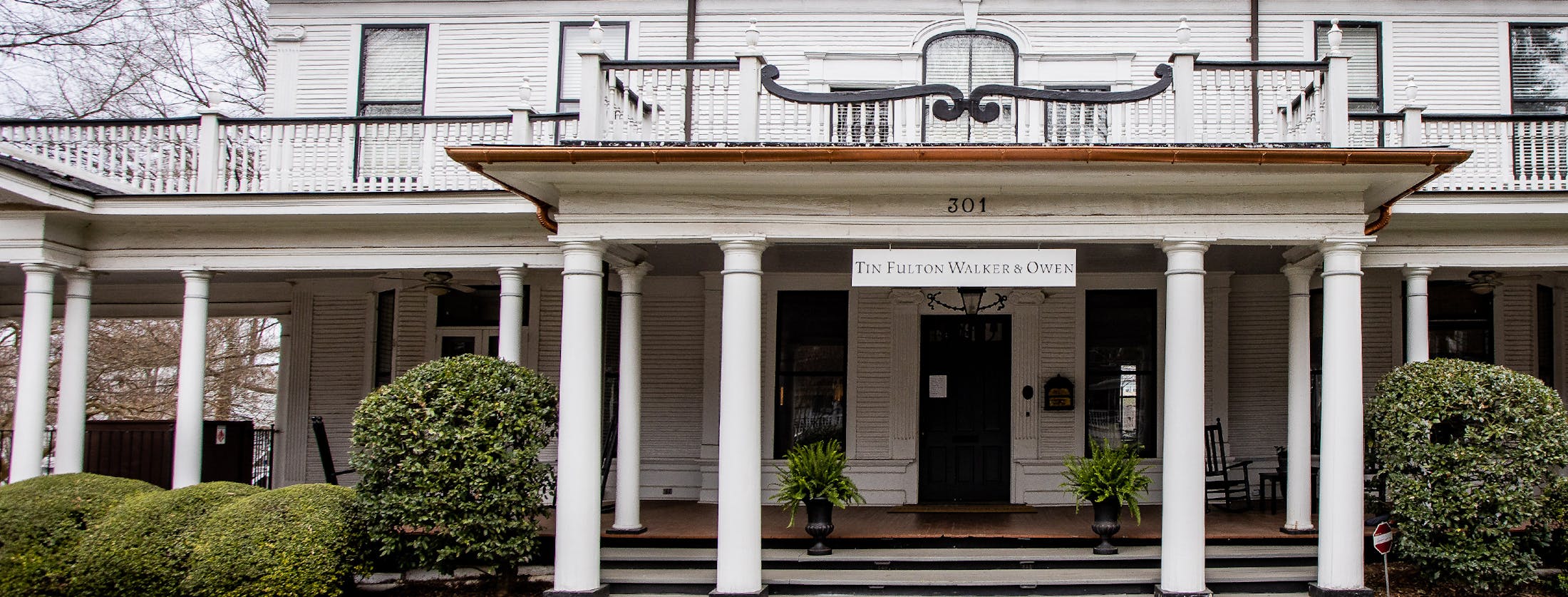
The Villalonga-Alexander House History
Mr. John L. Villalonga, president and treasurer of the Charlotte Roof and Paving Co. and president of the Charlotte Brick Co. began the construction of his residence in Dilworth in the summer of 1900. A perusal of the local newspapers reveals that the edifice was regarded as one of the handsomest and most complete houses in Charlotte. The Charlotte Daily Observer of March 4, 1901 urged the public to visit the J. H. Wearn Co. for purposes of viewing and appreciating the “quartered oak doors” which Mr. George W. Farrington had made “for the new house of Mr. J. L. Villalonga.” The newspaper reported that the panels of the doors were fashioned from “the very finest grade of curly-quartered oak" and that the workmanship demonstrated “what North Carolina forest products and what Charlotte workmen” could accomplish.
Mr. Villalonga and his wife, Constance M. Villalonga, moved into their home in late March or early April 1901. That Mr. and Mrs. Villalonga were active in community affairs is certain. He was a member of the Vestry of St. Peter’s Episcopal Church and she participated in the activities of the Saturday Afternoon Club, a prestigious women’s organization of that era.
In February 1903, Mr. and Mrs. Villalonga sold their home in Dilworth and moved to New York City. The new owner was Robert O. Alexander, a native of Sampson County, N. C. who had most recently resided in Monroe, La. where he had been a cotton broker. He practiced the same profession in Charlotte for over twenty years and was regarded as one of the best authorities on staple cotton in the state. Mr. Alexander also acquired the reputation of being a deeply religious and pious individual. A self-proclaimed “sanctificationist” and member of First Presbyterian Church, he conducted revival meetings in a tent on South Boulevard in September 1903. According to the Charlotte Daily Observer, he preached to “large congregations,” telling them that material prosperity would only come to those who believed as he did. “If you prefer to live on bacon and cornbread,” Mr. Alexander proclaimed, “keep on living as you are living now. But if you wish to have good fat beefsteak and biscuits and butter, be sanctified as I am.”
Regardless of how one feels about Mr. Alexander’s religious proclivities, we have to admit that he did prosper. In addition to being a successful cotton broker, he acquired and developed large tracts of land at Black Mountain, N. C. He was also largely responsible for the development of the Presbyterian Assembly Grounds at nearby Montreat. Mr. Alexander died on November 13, 1926 at the age of sixty-three leaving behind a widow and several children. May Herndon Alexander, daughter of Mr. and Mrs. Edward Beverly Herndon, was born on July 1, 1876 in Shreveport, LA. It was here that she would meet and marry R. O. Alexander. She moved with her husband to Charlotte in 1901. One can imagine the excitement that Mrs. Alexander must have experienced when occupying her new home in February 1903.
According to some sources, Mrs. Alexander had told her husband that she would be happy to live in North Carolina if she could reside in the house that Mr. J. L. Villalonga had erected in Dilworth. Local tradition holds that it was this news that prompted Mr. Alexander to purchase the structure. Of course, he always insisted that Divine Providence had played a part in the transaction. A glimpse into the lavish social life which occurred in the Alexander’s new abode is provided by an article which appeared in the Charlotte Daily Observer on April 24, 1903.
It described a reception that had taken place in the house the previous evening. The article reported that the rooms were beautifully decorated with the color scheme of pink, white and green being exquisitely carried out in roses, carnations and smilax. The newspaper went on to relate that palms were placed throughout the house and that “music was furnished by the Academy orchestra.” Mrs. Alexander lived in the house until 1936, when the Federal Government foreclosed a mortgage which it held on the property. She rented a room in an apartment house next door and continued to reside there until her death on May 10, 1958. Despite the urgings of the subsequent owners of the property, Mrs. Alexander never entered the home again. Apparently, her emotions would not allow her to do so. Mrs. Alexander was survived by seven children; four daughters and three sons. They included Mrs. T. E. Hemby, Mrs. McAlister Carson, Mrs. Ruth A. Roberts, Mr. Phillip Hasel, Mr. E. Herndon Alexander, Mr. Robert O. Alexander, Jr. and Mr. John McKnitt Alexander. All had grown up in the home at 301 E. Park Ave.

